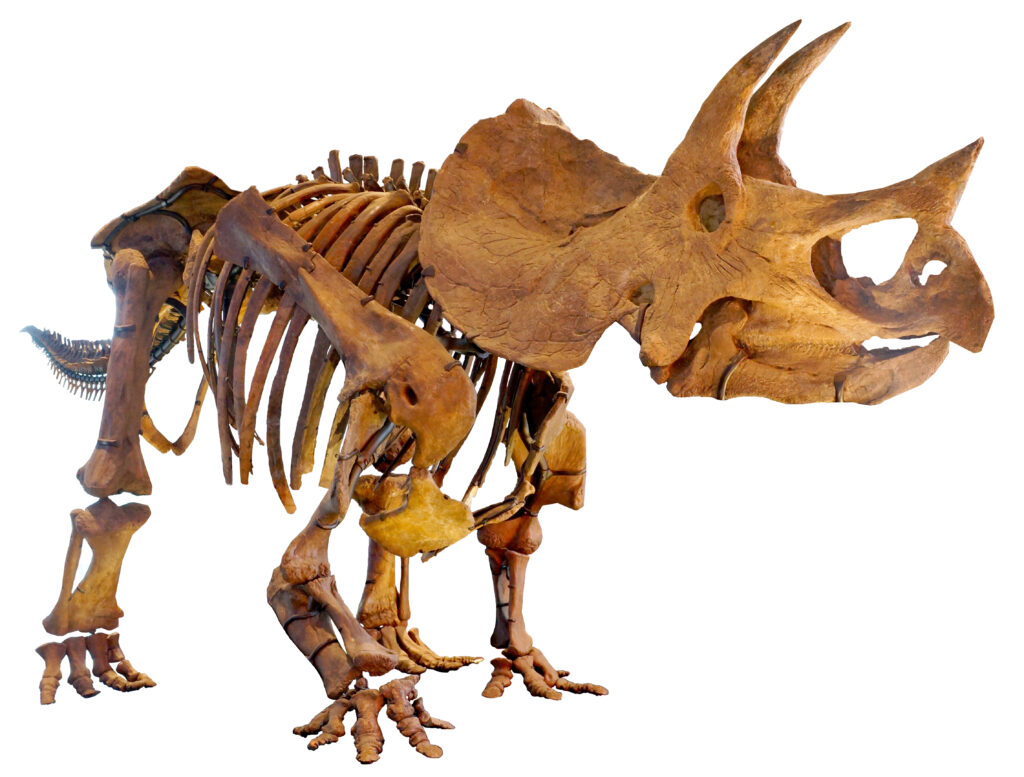The muddy banks of modern rivers might seem unremarkable, but beneath their flowing waters lies one of Earth’s most precious archives. Ancient riverbeds have become treasure troves for paleontologists, revealing secrets that have been buried for millions of years. These underwater time capsules hold the fossilized remains of creatures that once roamed our planet, offering glimpses into worlds that existed long before humans walked the Earth.
The Perfect Preservation Environment
Rivers create ideal conditions for fossilization that few other environments can match. When animals die near or in ancient waterways, their remains quickly become buried under layers of sediment, protecting them from scavengers and decay. The constant flow of water brings fresh minerals that gradually replace organic material, turning bones and shells into stone. This process, called permineralization, can preserve even the tiniest details of ancient life forms with stunning accuracy. Scientists have discovered that river environments often maintain steady temperatures and chemical conditions that enhance the fossilization process.
Massive Mammal Discoveries
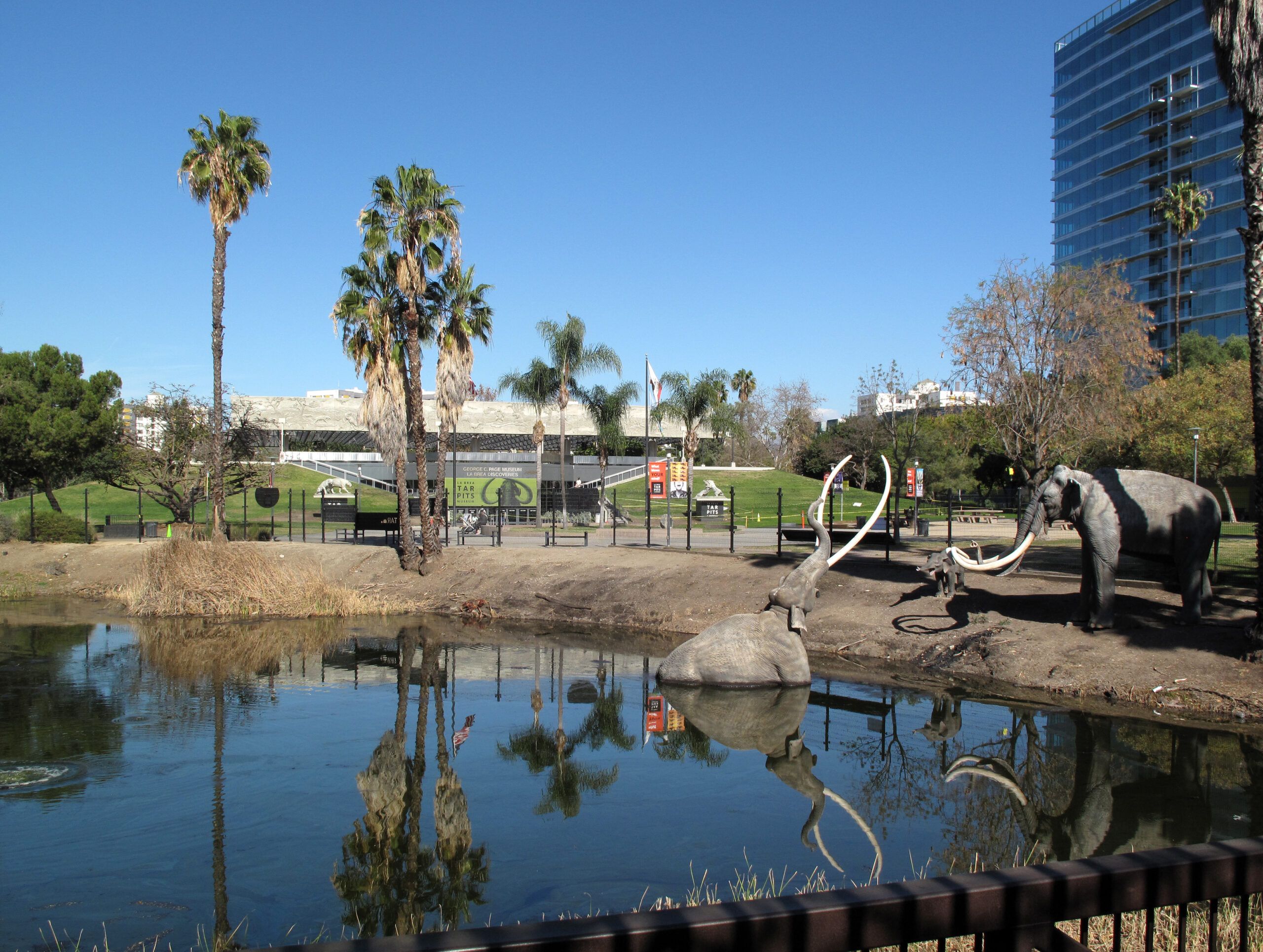
Some of the most spectacular fossil finds have emerged from ancient riverbeds, including complete skeletons of massive prehistoric mammals. The famous La Brea Tar Pits in California, formed by an ancient river system, have yielded thousands of specimens from saber-toothed cats to giant ground sloths. In Nebraska’s Ash Hollow Formation, paleontologists have uncovered entire herds of ancient horses and camels that lived 10 million years ago. These discoveries paint vivid pictures of prehistoric ecosystems where massive creatures gathered at watering holes, just like animals do today. The preservation quality in these riverbed sites often allows scientists to study everything from bite marks on bones to stomach contents.
Aquatic Giants From Prehistoric Waters
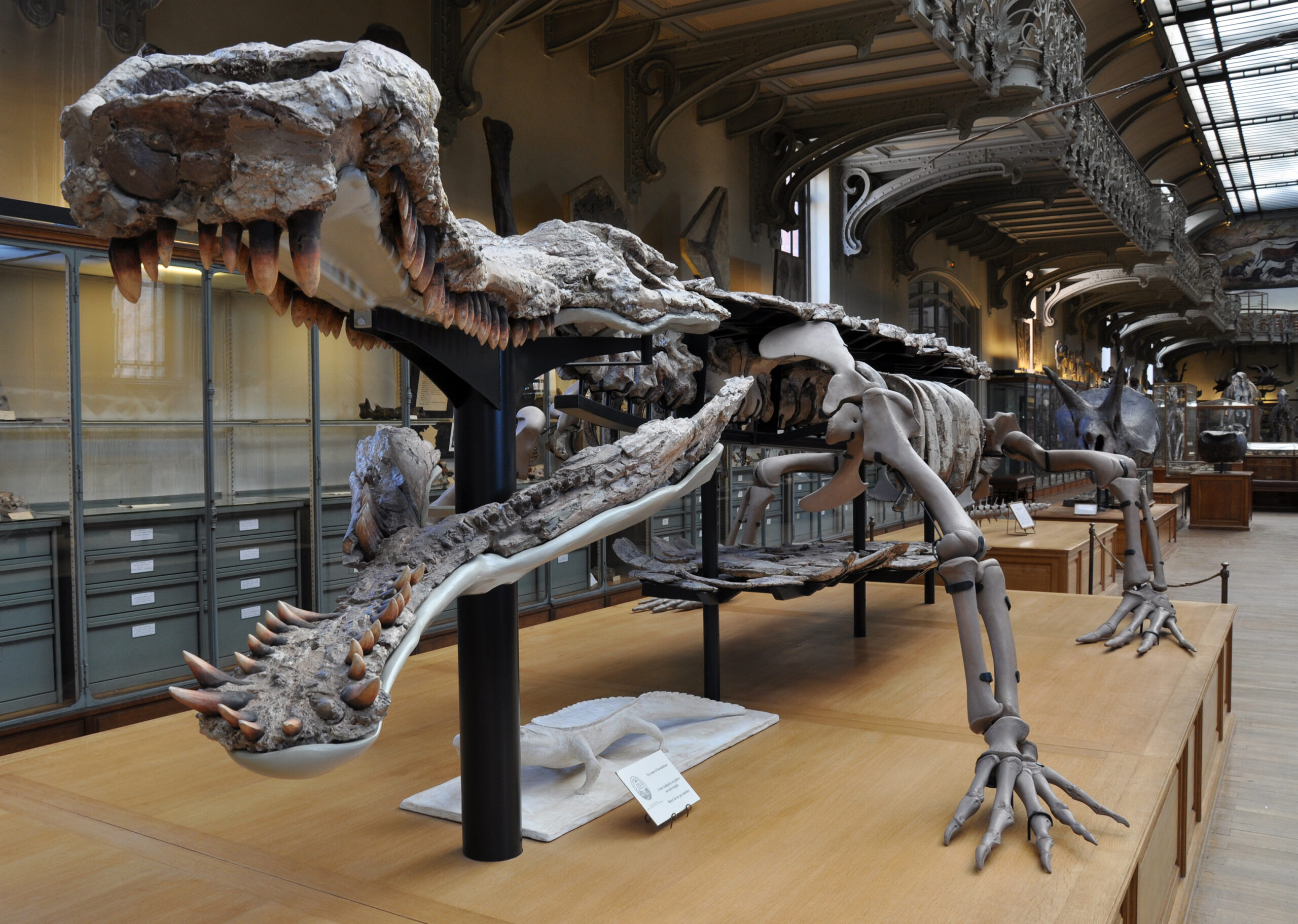
Ancient riverbeds have revealed some truly mind-boggling aquatic predators that make today’s crocodiles look like harmless pets. The 40-foot-long Sarcosuchus, nicknamed “SuperCroc,” was discovered in riverbed deposits in Niger, Africa, showing how these prehistoric waterways hosted absolute monsters. In Argentina’s Ischigualasto Formation, scientists found remains of massive fish that grew longer than school buses. These aquatic giants dominated ancient river systems, creating food webs that were far more complex and dangerous than anything we see today. The fossil evidence suggests these creatures could generate bite forces that would crush modern cars like tin cans.
Microscopic Marvels Hidden in Sediment
While giant bones grab headlines, some of the most important discoveries in ancient riverbeds are invisible to the naked eye. Microscopic fossils called microfossils provide detailed information about ancient climates, water chemistry, and ecosystem health. Tiny diatoms, ostracods, and pollen grains preserved in riverbed sediments tell stories about seasonal changes that occurred millions of years ago. These microscopic time capsules can reveal whether ancient rivers were fast-flowing or sluggish, clean or polluted, tropical or temperate. Scientists can extract these tiny fossils from single handfuls of sediment, unlocking libraries of environmental data.
Plant Life Along Ancient Shores
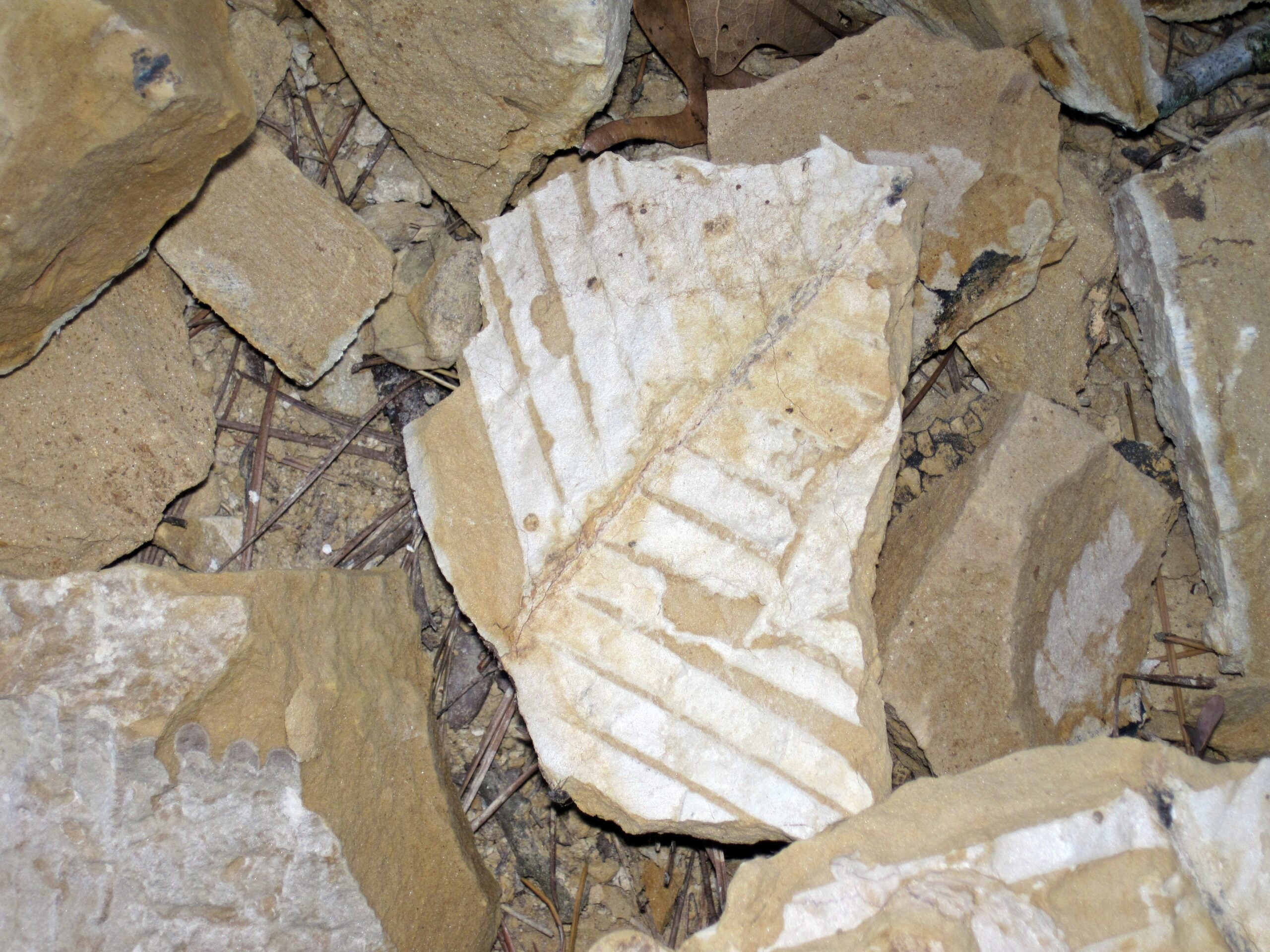
Fossilized plant remains from ancient riverbeds have revolutionized our understanding of prehistoric landscapes and climate changes. Petrified wood, leaf impressions, and fossilized seeds show us the lush forests that once lined prehistoric waterways. The Florissant Fossil Beds in Colorado preserve an entire ancient lake and river system, complete with detailed leaf fossils that show individual cell structures. These plant fossils reveal how vegetation responded to major climate shifts, including ice ages and warming periods. Some riverbed sites contain fossilized fruit and flowers that are so well-preserved, scientists can identify the exact species and even determine what time of year the plants died.
Traces of Ancient Behavior
Beyond bones and shells, ancient riverbeds preserve remarkable evidence of prehistoric animal behavior through trace fossils. Fossilized footprints, burrows, and feeding marks tell stories about how ancient creatures lived, hunted, and interacted with their environment. In Texas, the Paluxy River has revealed dinosaur trackways that show predators stalking their prey along ancient shorelines. Coprolites, or fossilized dung, found in riverbed deposits provide direct evidence of prehistoric diets and digestive systems. These behavioral clues help scientists reconstruct entire ecosystems and understand the complex relationships between predators and prey millions of years ago.
Unexpected Time Travelers
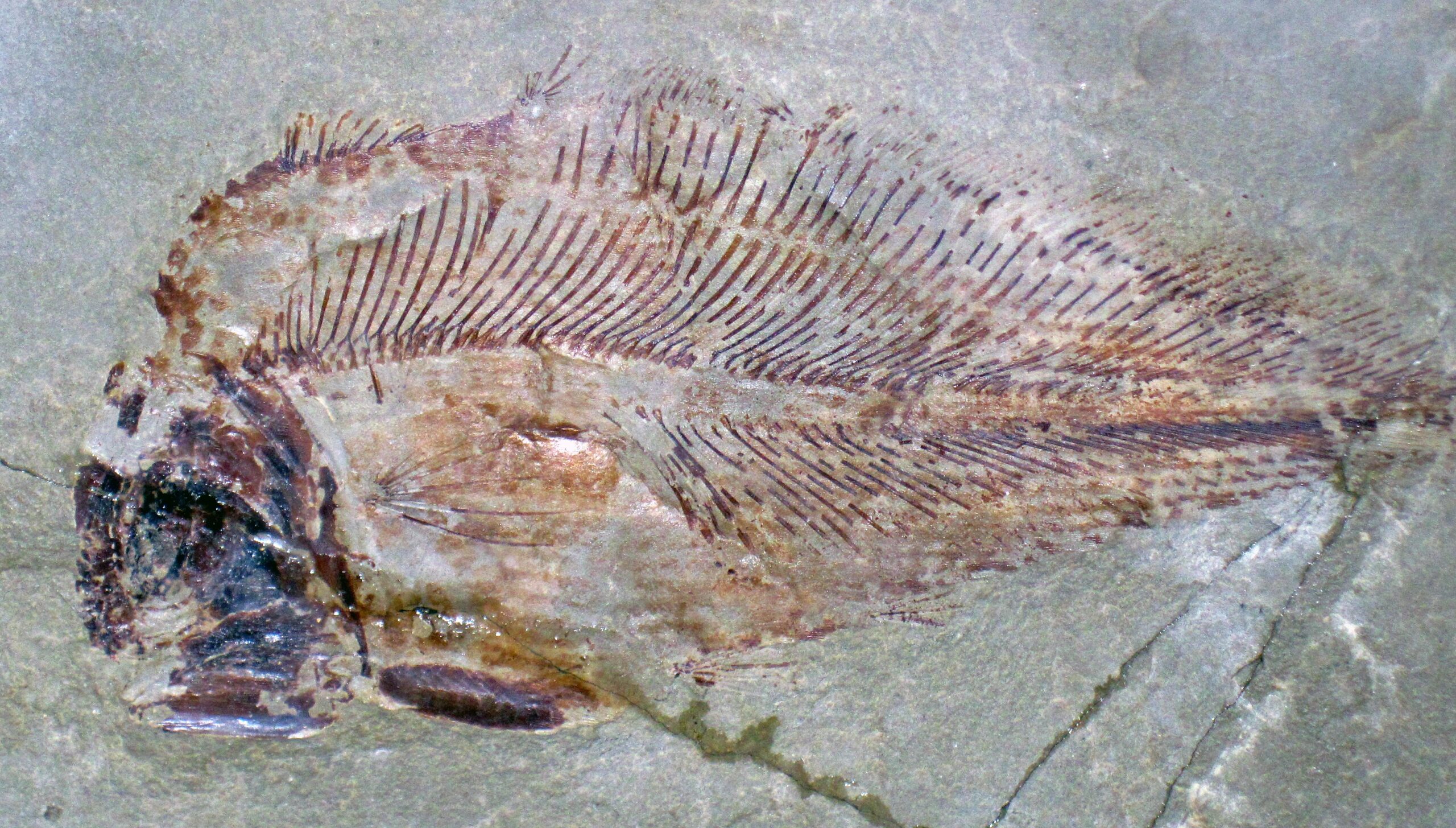
Some of the most shocking discoveries in ancient riverbeds are “living fossils” – creatures that scientists thought had been extinct for millions of years. The coelacanth, discovered alive in 1938, was known only from riverbed fossils dating back 400 million years before living specimens were found. Ancient riverbed deposits have also revealed early versions of horseshoe crabs, crocodiles, and sharks that are remarkably similar to species alive today. These discoveries challenge our understanding of evolution and show how some life forms have remained virtually unchanged for incredible periods. Finding these time travelers in ancient riverbeds helps scientists understand which traits help organisms survive mass extinctions.
Revolutionary Dating Techniques
Ancient riverbeds have become natural laboratories for developing and testing new methods of determining fossil ages. The layered sediments in riverbed deposits act like pages in a history book, with each layer representing a specific time period. Radiometric dating of volcanic ash layers within riverbed sequences provides precise ages for fossil discoveries. New techniques like amino acid racemization and electron spin resonance are being perfected using riverbed fossils with known ages. These dating advances help scientists create more accurate timelines of evolutionary changes and mass extinction events.
Climate Change Chronicles
The fossil record preserved in ancient riverbeds provides crucial evidence about how life responds to major climate changes. During the Paleocene-Eocene Thermal Maximum, a period of rapid global warming 56 million years ago, riverbed fossils show dramatic changes in plant and animal communities. These prehistoric climate shifts, recorded in riverbed sediments, help scientists predict how modern ecosystems might respond to current climate change. Fossilized coral reefs found in ancient riverbed deposits show how marine ecosystems migrated inland during periods of higher sea levels. The information locked in these sediments serves as a warning system for understanding environmental changes happening today.
Evolutionary Missing Links
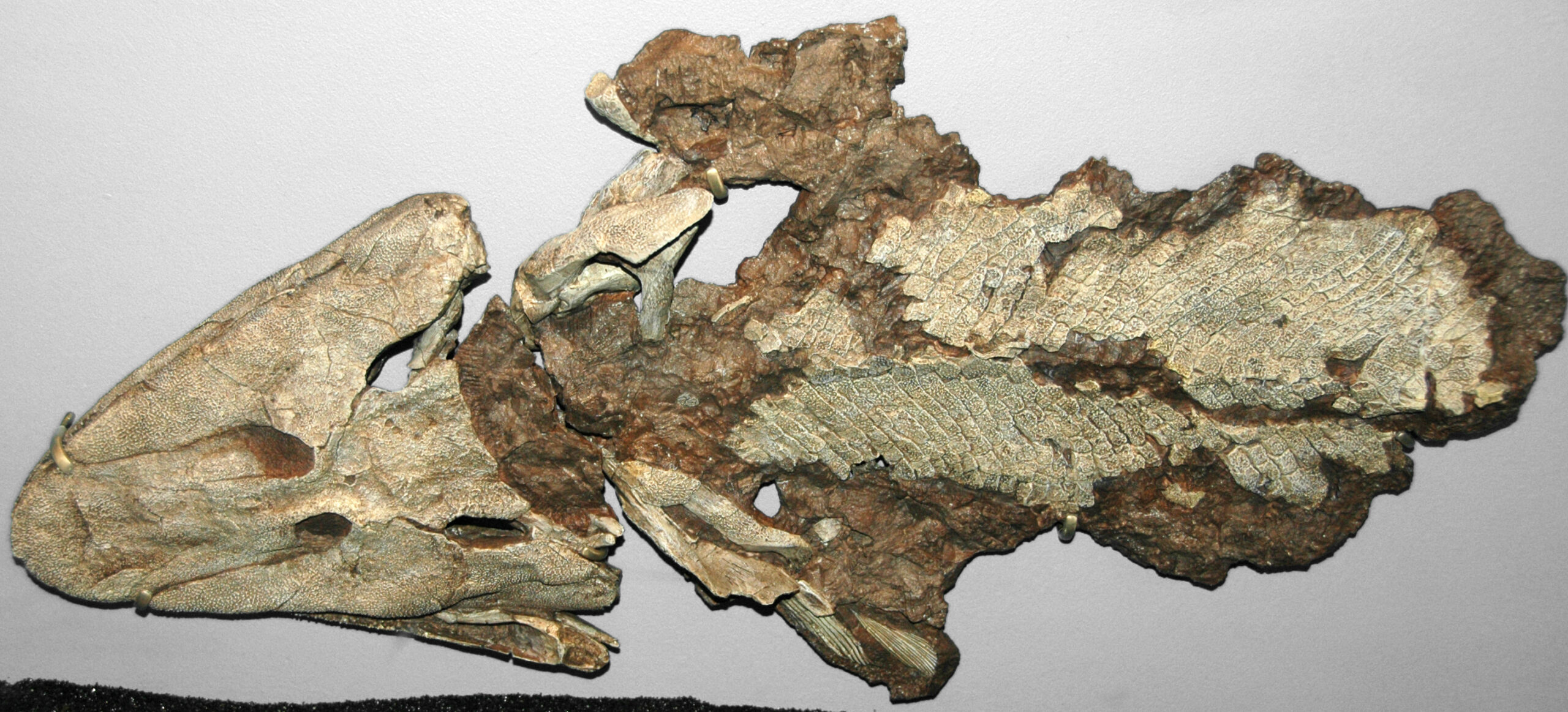
Ancient riverbeds have yielded some of the most important transitional fossils that show how major evolutionary changes occurred. The famous Tiktaalik, discovered in ancient riverbed deposits in the Arctic, shows the transition from fish to tetrapods around 375 million years ago. Riverbed fossils from the Miocene epoch reveal the evolution of modern horse lineages from smaller, multi-toed ancestors. These transitional forms, perfectly preserved in riverbed sediments, provide smoking-gun evidence for evolutionary theory. The preservation quality in these environments often captures soft tissues and internal structures that show exactly how major anatomical changes developed over time.
Technological Advances in Excavation
Modern technology has transformed how scientists explore and extract fossils from ancient riverbeds, revealing details that were impossible to detect just decades ago. Ground-penetrating radar can map fossil-bearing layers beneath river sediments without disturbing the deposits. CT scanning and 3D printing allow researchers to study fragile specimens without risking damage during extraction. Underwater excavation techniques borrowed from marine archaeology enable scientists to work directly in active riverbeds where fossils are still being exposed. These technological advances have accelerated the pace of discovery and improved the quality of information scientists can extract from each fossil find.
Threats to Underwater Fossil Sites
Many of the world’s most important fossil-bearing riverbeds face serious threats from human activities and climate change. Dam construction and river channelization destroy fossil deposits that took millions of years to form. Rising sea levels and changing precipitation patterns are altering the conditions that have preserved these fossils for eons. Urban development and agriculture often target flat riverbed areas, paving over potential fossil sites before they can be studied. The urgency of documenting these sites has led to international efforts to identify and protect the most significant fossil-bearing riverbeds before they’re lost forever.
Future Discoveries Waiting in the Depths
Scientists estimate that less than one percent of all fossil-bearing riverbed deposits have been thoroughly explored, suggesting incredible discoveries still await beneath our feet. Advances in remote sensing and underwater robotics are opening access to riverbed fossils in previously unreachable locations. Climate change is exposing new fossil sites as rivers change course and water levels fluctuate, creating both opportunities and challenges for paleontologists. The combination of new technology and changing environmental conditions means the next few decades could yield fossil discoveries that revolutionize our understanding of life’s history. As we develop better tools and techniques, the ancient riverbeds continue to surprise us with their secrets.
What These Discoveries Mean for Us

The fossils hidden beneath ancient riverbeds aren’t just curiosities from the distant past – they’re roadmaps for understanding our planet’s future. These prehistoric archives show us how life has responded to environmental changes throughout Earth’s history, providing crucial data for predicting how modern ecosystems might adapt to current challenges. The evolutionary innovations preserved in riverbed fossils have inspired everything from medical devices to engineering solutions. Every fossil discovery adds another piece to the puzzle of life’s incredible journey on Earth. What other secrets are waiting to be uncovered in the muddy depths of ancient waterways?



